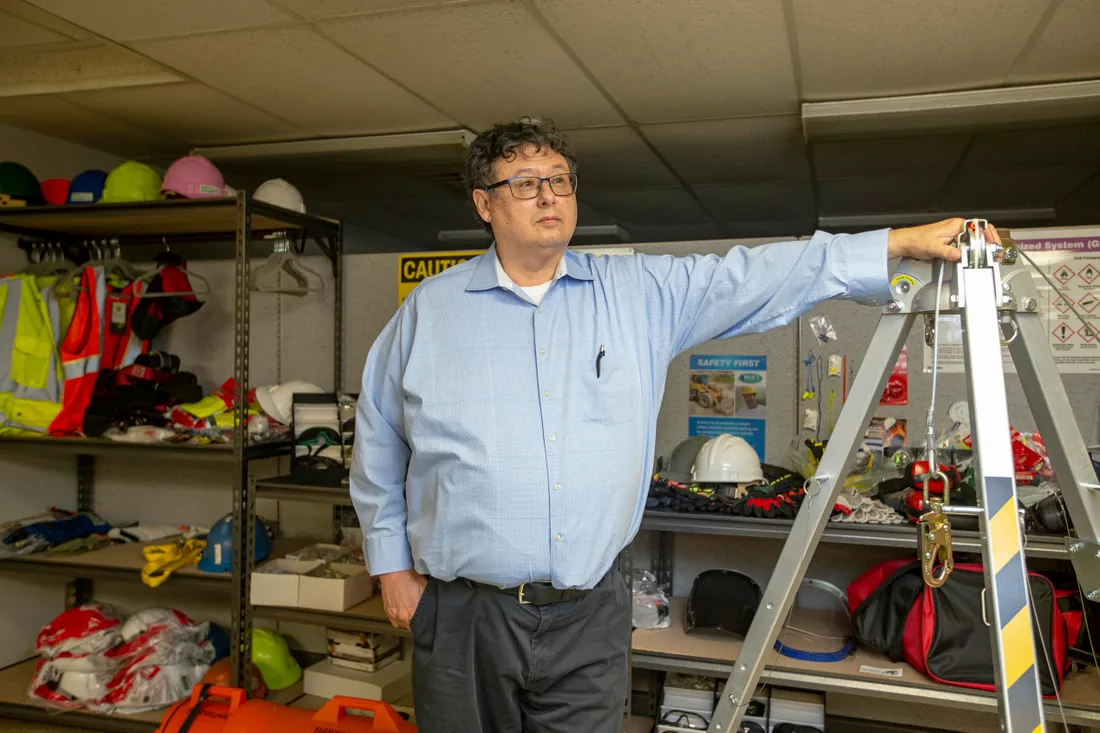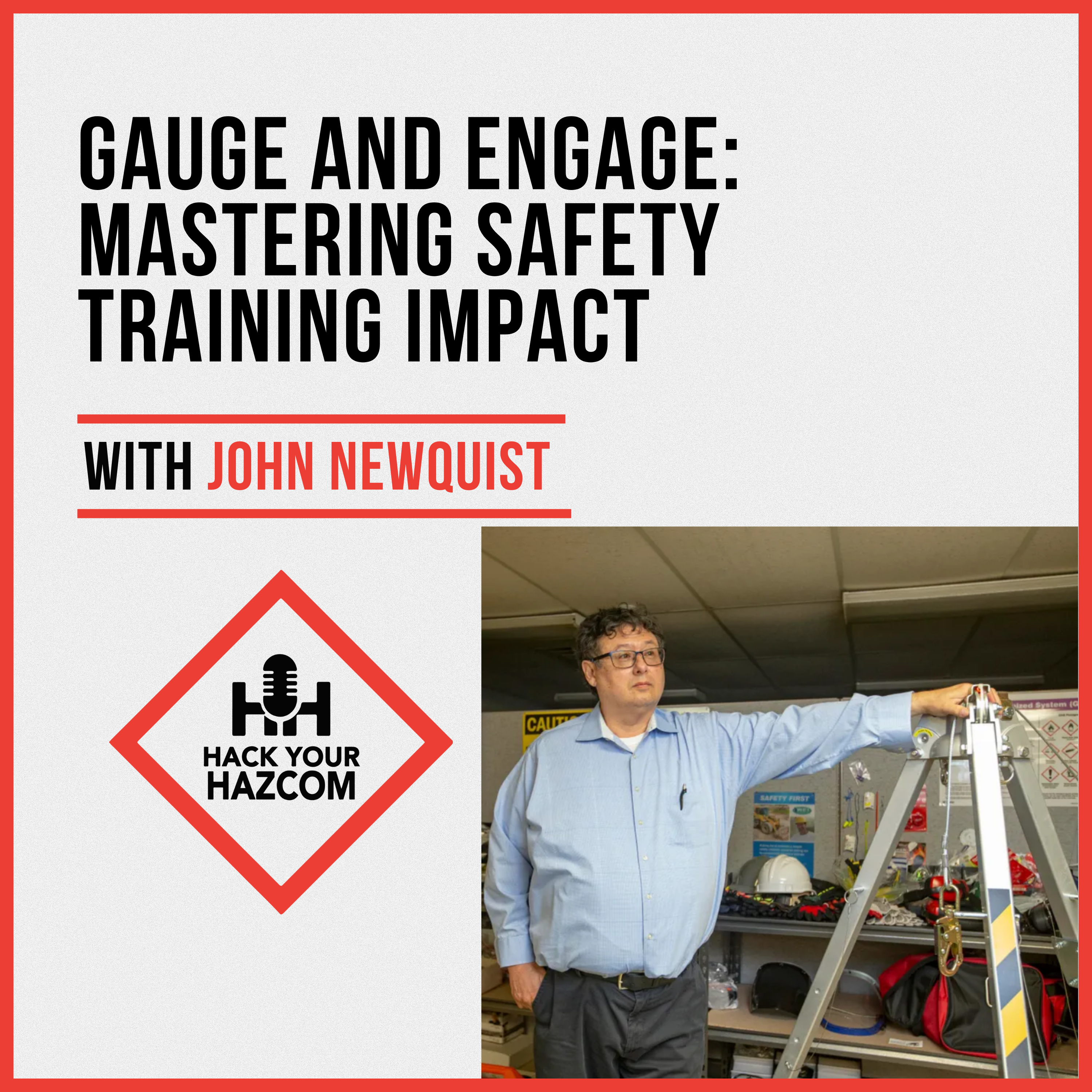Gauge and Engage: Mastering Safety Training Impact
In this episode, we sit down with John Newquist, a nationally recognized expert in occupational safety and health, to discuss the effectiveness of safety training programs, particularly for hazard communication (HazCom). John shares insights from his four decades of experience, focusing on challenges faced by workers with low literacy or limited English proficiency. He emphasizes the importance of bilingual trainers, visual aids, hands-on demonstrations, and the proactive involvement of supervisors and managers. John also addresses common issues such as inadequate personal protective equipment, the need for effective emergency responses, and fostering a safety culture where employees feel comfortable asking questions. For more information on John's extensive background and publications, visit hackyourhazcom.com.00:00 Introduction 02:13 Common Challenges in Safety Training04:15 Effective Training Methods for Low Literacy Workers06:04 Real-Life Examples and Visual Aids08:31 Assessing and Improving Safety Training17:04 Fostering a Proactive Safety Culture23:49 Special Considerations for Specific Industries32:53 Conclusion and Final Thoughts

John A Newquist
Author
John Newquist is a nationally recognized expert in occupational safety and health with over four decades of experience spanning regulatory enforcement, training, consulting, and expert witness testimony. As a former Assistant Regional Administrator for OSHA and a lifelong safety educator, John has shaped safety practices across the country, training over 10,000 professionals in the past four years alone.
John began his career with the U.S. Department of Labor – OSHA in 1982, where he rose through the ranks from Safety Engineer to Area Director and ultimately to Assistant Regional Administrator for the Midwest. He led compliance operations, developed safety policy, managed high-profile investigations, and oversaw more than 250 Voluntary Protection Program (VPP) sites. He also contributed nationally as Acting Director of the Office of State Plans and a key member of the Department of Labor’s IT modernization committee.
From 1990 to 2016, John played a central role in training hundreds of OSHA compliance officers in technical and legal aspects of enforcement. He also helped develop cornerstone OSHA courses, including the original Fall Arrest Systems and Process Safety Management training.
In 2012, John transitioned into private consulting, where he has worked with companies across industries to dramatically reduce injury rates, improve safety culture, and ensure OSHA compliance. Notable achievements include a year-long zero-recordable project at Argonne Labs, reducing injuries by 97% for a large wood products firm, and contributing to 1.5 million in… Read More










